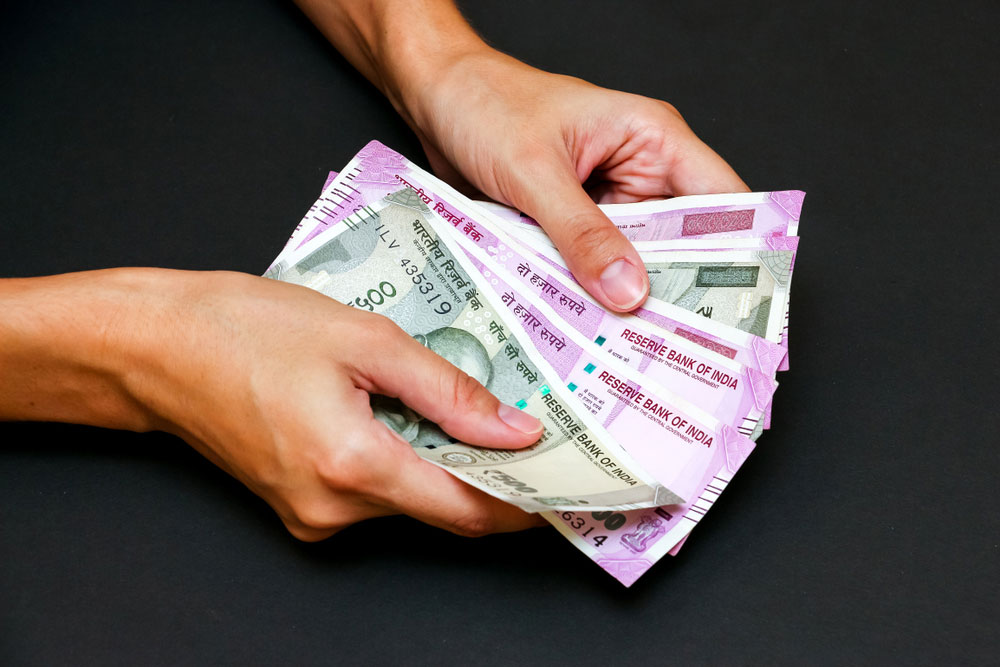The Centre’s decision to jack up its borrowings for the year is likely to raise bond yields on Monday even as pressure will be on stocks over fears of higher fiscal deficit on account of the rise in borrowings.
On Friday, the Centre announced after market hours it will borrow Rs 12 lakh crore in this fiscal against the budgeted Rs 7.8 lakh crore, which will raise the size of each weekly auction to Rs 30,000 crore from Rs 21,000 crore. The move came on a day yields on the benchmark 10-year security fell to 5.97 per cent, the lowest level since January 27, 2009.
Market circles feel bond yields, which are inversely related to prices, could spike on Monday if the central bank does not come out with steps to absorb a good part of the issuance.
“Yields could rise anywhere between 15 basis points and 25 basis points on Monday if the announcement does not come,” an analyst said. He added that the expectation was that the RBI will come out with more open market operations (OMOs).
Suman Chowdhury, chief analytical officer at Acuité Ratings & Research, said that given the large economic losses due to the nationwide lockdown, there will be a significant shortfall in both tax and non-tax revenues, which can be as high as Rs 4 lakh crore.
“Even though the additional borrowings may address the revenue gaps, the actual fiscal deficit may be more due to the proposed stimulus programmes and higher interest costs. While this is expected to put pressure on the G-Sec yields, we would expect the RBI to deploy OMO and other tools of yield management which will be effectively an indirect way for the RBI to finance the deficit,” Chowdhury said.
The higher borrowing has put another pressure point on stocks, which have taken a beating from the country-wide lockdown.
Amid a higher fiscal deficit this fiscal year, the possibility of a sovereign rating downgrade has increased.
Economists have already sounded out a warning.
“India’s Achilles’ heel on ratings is its parlous state of fiscal affairs and the risk of a sharp deterioration of general government debt from around 70 per cent of GDP to potentially around 75-80 per cent of GDP. A further risk is the deterioration in economic growth, partly intertwined with financial sector concerns. By contrast, India’s external account remains strong,” Sonal Varma of Nomura said in a recent note.
The report added that there was a rising risk of an imminent downgrade by Moody’s to Baa3 “stable” from Baa2 “negative, bringing it on par with S&P and Fitch, both of which rate India at BBB-, which is a grade above the junk category.
The report does not rule out the possibility of Fitch revising India’s outlook to negative because of deteriorating debt and its assessment that India has a poor fiscal track record.
Former finance minister P. Chidambaram said the additional borrowing of Rs 4.2 lakh crore will take the fiscal deficit to 5.38 per cent of GDP. Chidambaram said the budgeted fiscal deficit of 3.5 per cent of GDP should not be a constraint in these times.
Others feel the number will be much higher as the denominator, the nominal GDP, will shrink and this would result in a higher fiscal deficit as a percentage of GDP.











